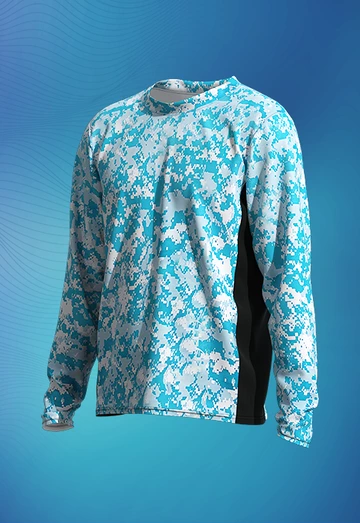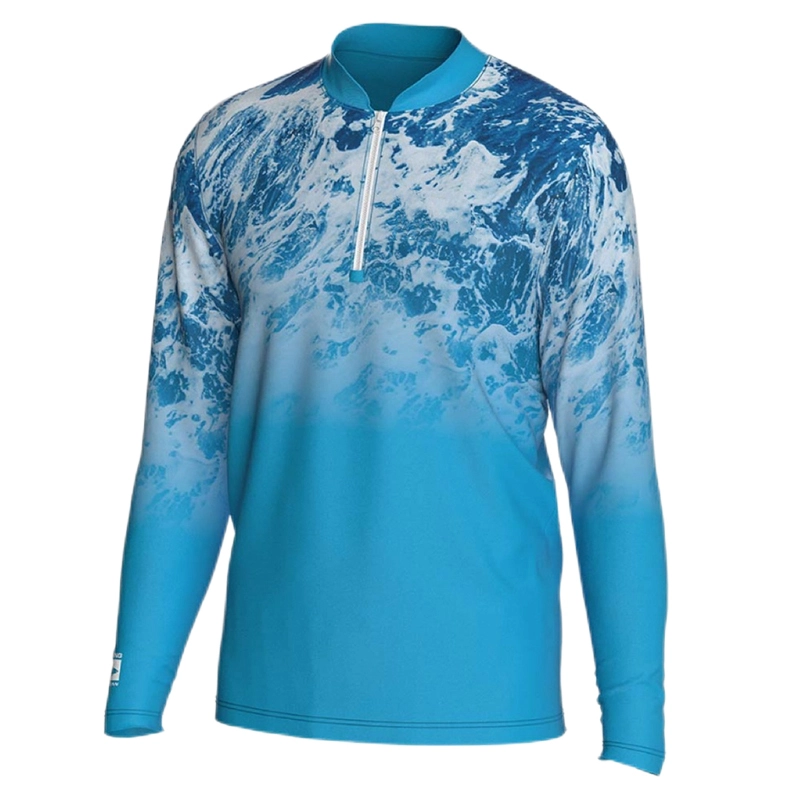The Future of Sun Protection Clothing: Innovations on the Horizon
Sun protection clothing has come a long way since its inception. From its early days as a niche product to its current status as a mainstream staple, sun protection clothing has evolved significantly over the years. As technology continues to advance and consumer demand for effective sun protection grows, the industry is poised for even more exciting innovations. In this article, we will explore the future of sun protection clothing and the innovations that are on the horizon.
Advances in Fabric Technology
One of the most significant areas of innovation in sun protection clothing is fabric technology. Researchers are developing new fabrics that are not only more effective at blocking UV radiation but also more breathable, moisture-wicking, and comfortable to wear. For example, some companies are using nanotechnology to Sun Protection Clothing Manufacturers of absorbing and scattering UV radiation, providing even more effective protection. Others are developing fabrics that are infused with antioxidants and other skin-protecting agents, providing an extra layer of defense against the sun’s damaging rays.

Smart Fabrics and Wearable Technology
Another area of innovation in sun protection clothing is the development of smart fabrics and wearable technology. These fabrics are designed to provide real-time feedback on UV exposure, alerting the wearer when they need to reapply sunscreen or seek shade. Some smart fabrics even have built-in sensors that can detect changes in the wearer’s skin, providing personalized recommendations for sun protection. Wearable technology, such as smartwatches and fitness trackers, is also being integrated into sun protection clothing, allowing wearers to track their UV exposure and receive alerts and reminders to stay protected.
Sustainable and Eco-Friendly Materials
As consumers become increasingly environmentally conscious, the demand for sustainable and eco-friendly sun protection clothing is growing. Companies are responding by developing clothing made from recycled materials, organic cotton, and other eco-friendly fabrics. Some companies are even using plant-based materials, such as hemp and bamboo, to create sun protection clothing that is not only effective but also sustainable.
3D Printing and Customization
3D printing is another technology that is being used to innovate sun protection clothing. This technology allows companies to create customized clothing that is tailored to an individual’s specific needs and preferences. For example, a company might use 3D printing to create a custom-fit shirt with built-in UPF protection that is designed specifically for an individual’s skin type and activity level.
The Role of Artificial Intelligence in Sun Protection
Artificial intelligence (AI) is also playing a role in the future of sun protection clothing. AI-powered algorithms can analyze data on UV radiation, weather patterns, and other environmental factors to provide personalized recommendations for sun protection. Some companies are even using AI to develop clothing that can adapt to changing environmental conditions, providing optimal protection and comfort in a variety of situations.

The Future of Sun Protection Clothing: What to Expect
As these innovations continue to emerge, we can expect sun protection clothing to become even more effective, comfortable, and sustainable. We may see clothing that is capable of detecting and responding to changes in the wearer’s skin, providing real-time feedback and recommendations for sun protection. We may also see clothing that is designed to adapt to different environmental conditions, providing optimal protection and comfort in a variety of situations.
Conclusion
In conclusion, the future of sun protection clothing is bright and exciting. With advances in fabric technology, smart fabrics and wearable technology, sustainable and eco-friendly materials, 3D printing and customization, and the role of artificial intelligence, we can expect sun protection clothing to become even more effective, comfortable, and sustainable. As consumers, we can look forward to a future where sun protection clothing is not only a necessity but also a stylish and desirable choice.